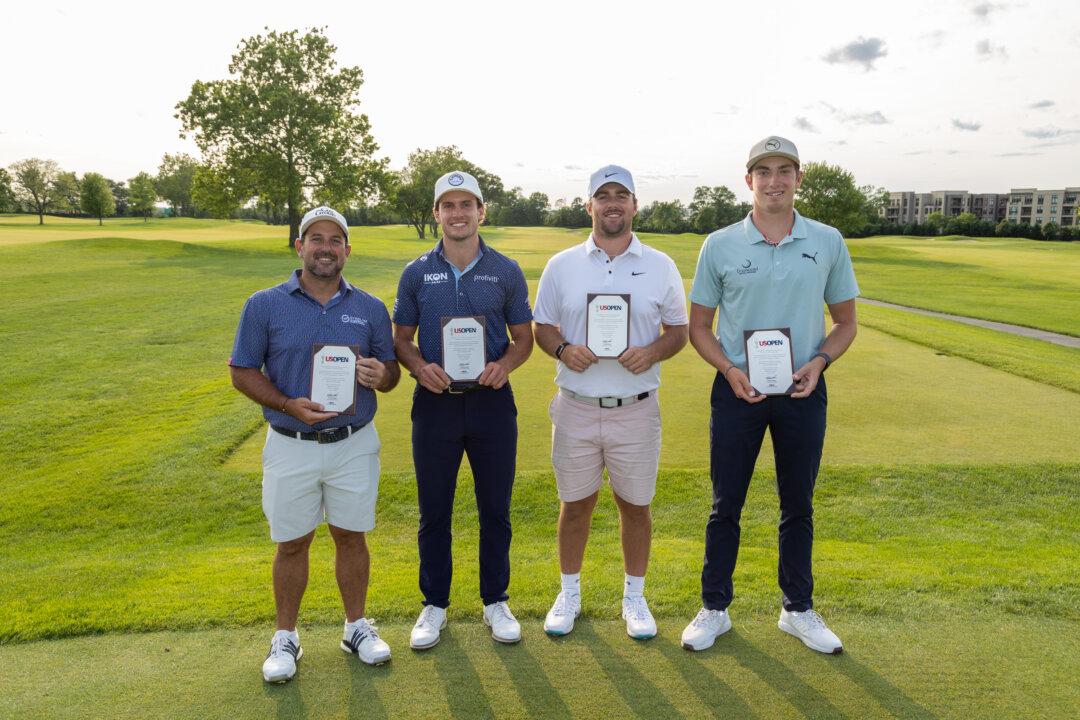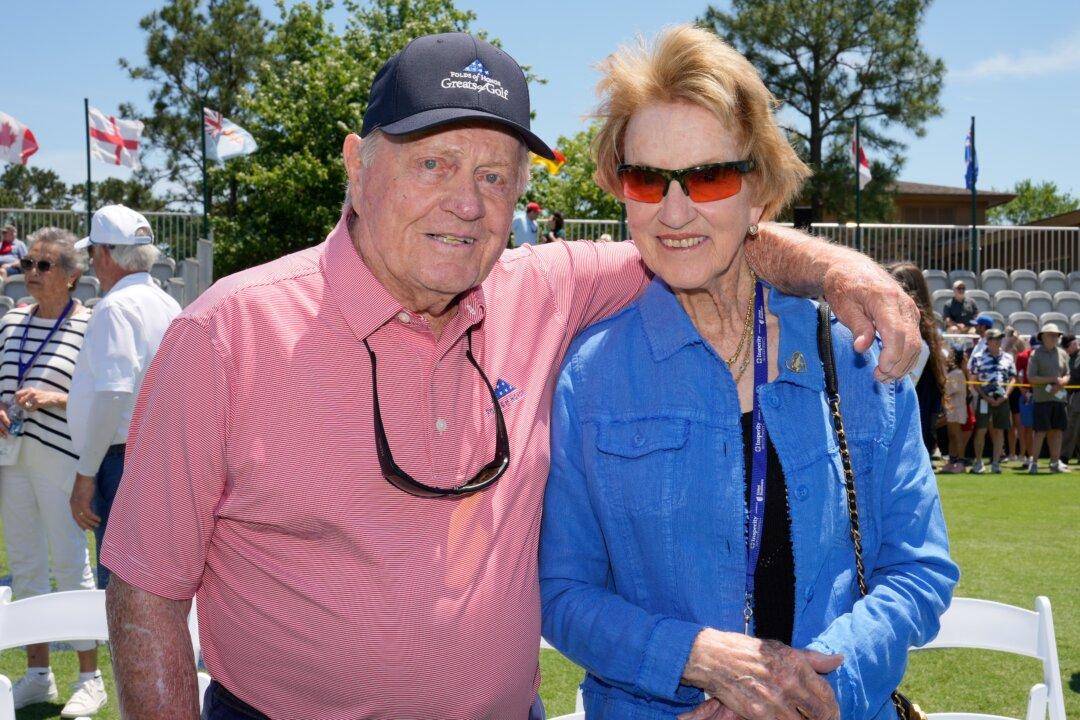ORLANDO, Fla.—The PGA Merchandise Show in Orlando, which runs from Jan. 23–26, is geared to promoting golf as a recreational activity worthy of one’s time and money. However, since the financial crisis of 2008, the overall health of the sport is facing an uncertain future. Globally, America has the most players and number of courses, but in both categories, there’s been a marked decrease.
In 2005, golf participation peaked at 30 million players in America. That total has fallen to just under 24 million, according to the National Golf Foundation. New golf course construction in the United States has essentially ended—with closures commonplace. Even high income locations such as the New York City metro area, which previously seemed immune to such situations, is seeing equity-owned private clubs shutter doors permanently. Many of the reasons center on an exuberant surge in course construction during the 1990s. Residential real estate in tandem with ill-considered golf projects went super-hot simply because of speculation-driven impulses. In sum, supply still exceeds demand for golf.





